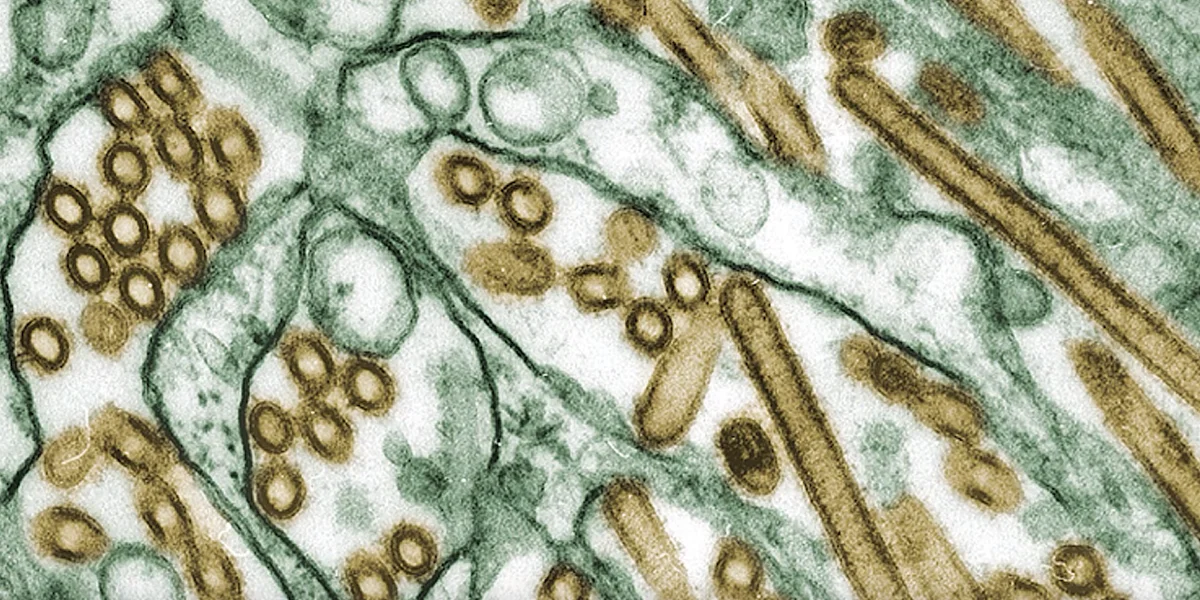H5N1 bird flu detected in a pig for the first time in the United States

On Wednesday, the US Department of Agriculture announced that it had detected H5N1 bird flu in a pig for the first time in the country.
A home farm that included a variety of poultry and livestock, including pigs, is the subject of an investigation by USDA and Oregon veterinary officials into bird flu cases, the agency said.
“The livestock and poultry on this farm shared water sources, housing, and equipment; in other states, this combination has enabled transmission between species,” it said in a news release.
Five pigs were slaughtered for testing after H5N1 was found in other farm animals; two of them proved negative, and the others are currently awaiting findings. A quarantine has been placed on the property, and other animals are being watched. However, it was not a commercial farm, and “there is no concern about the safety of the nation’s pork supply as a result of this finding,” USDA’s Animal and Plant Health Inspection Service said.
The Centers for Disease Control and Prevention report that 387 herds in 14 states have currently been affected by the dairy cow avian flu outbreak.
There have been 36 human cases since March, most of whom came into close contact with farm animals like chickens and dairy cows. The states of Colorado and California have recorded the most cases.
Early this month, state officials found avian flu in farm fowl, but it's unknown how the pig in Oregon contracted the virus.
According to officials, poultry and animals on the farm shared homes, equipment, and water sources. Officials stated that the combination has made interspecies transmission possible in other states.
Despite being uncommon in humans, the H5N1 influenza virus is extremely contagious and lethal in a number of animal species, such as poultry and dairy cattle. This has sparked concerns that the virus may evolve into one that targets humans as well.
Researchers have been worried that H5N1 could infect pigs, which are regarded as "mixing bowl" species for flu viruses due to the fact that they have the same type of receptors on their lung cells as humans and birds. There have been instances of influenza viruses evolving quickly and acquiring new capabilities due to past pig flu infections. A virus that mutated in Mexican pigs before spreading to humans is thought to have caused the 2009 H1N1 flu pandemic.





